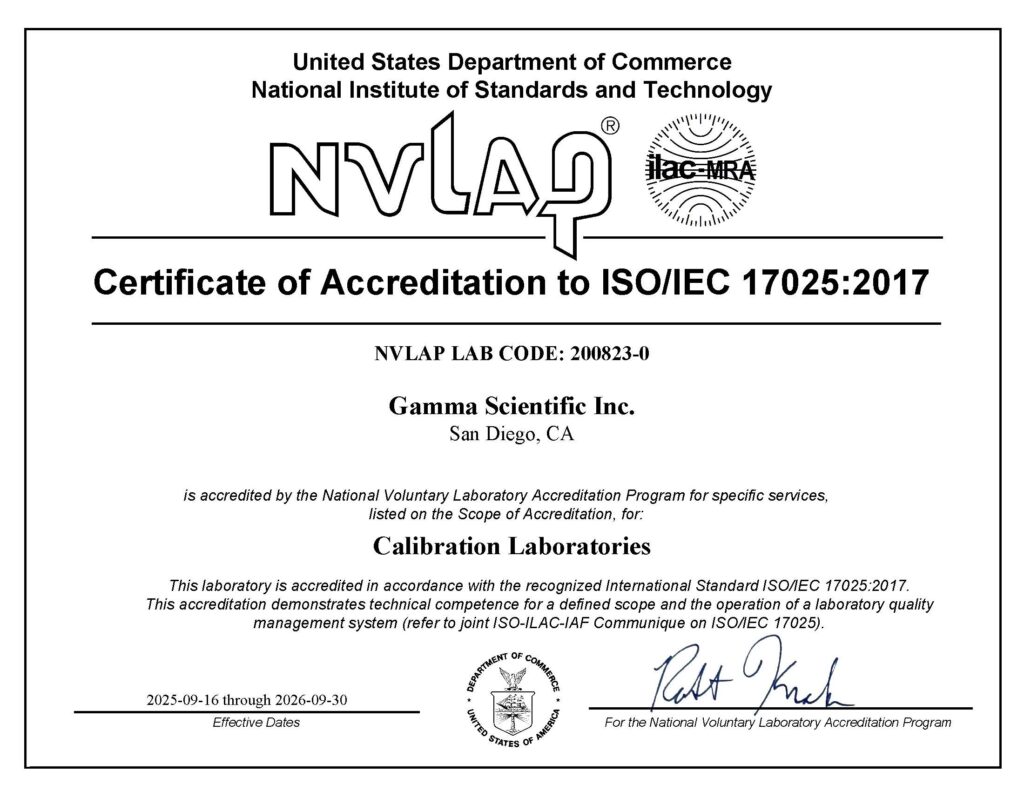Maintain Accuracy and Precision with Recalibration
Regularly scheduled instrumentation calibration is essential to ensure accurate and reliable measurement data. Over time, instruments can drift or become less accurate due to environmental factors, wear and tear, or component degradation. Calibration helps maintain the integrity of measurements, ensuring that processes, experiments, and analyses are based on precise data. This ultimately enhances quality control, regulatory compliance, and overall operational efficiency.
Recalibration is recommended either yearly or every other year. Many Gamma Scientific products are rated for two years; please check your specific products and applicable certifications.
Gamma Scientific ensures you remain in compliance with your own regulatory and quality management systems. We are accredited in color measurements, life testing, electrical, photometric, and temperature measurements, luminaire, and decorative string light testing and characterization.
Gamma Scientific is the Trusted Leader for Accredited Calibration and Testing
Gamma Scientific’s accredited calibration and testing laboratory provides the highest-quality technical capabilities and best-in-class lab processes. With ISO/IEC 17025 accreditation by NVLAP (NVLAP lab code 200823-0), our commitment to excellence ensures that every calibration meets the most stringent industry standards. Gamma Scientific has been the leader in delivering unmatched precision in light measurement solutions for over six decades.
But our dedication doesn’t stop there. We understand the critical importance of maintaining the accuracy of photonics devices over time. That’s why we strongly recommend regular recalibration of your equipment. Like any precision instrument, photonics devices can experience slight deviations in accuracy over time due to environmental factors, usage, and wear. By recalibrating your instruments, you ensure that your measurements remain reliable and accurate. This proactive approach not only safeguards against potential errors but also maximizes the longevity and performance of your equipment.
Maintain Accuracy with Recalibration
CALIBRATION & TESTING SERIVCES
Gamma Scientific offers a wide range of capabilities and an extensive catalog of instrumentation, allowing for testing and calibration of nearly every industry standard.

NEAR EYE DISPLAY
- Leading night vision compatibility testing on cockpit displays and aircraft lighting since the induction of MIL-L-85762 in 1986.
- Leveraging our Heads-Up Displays (HUDs) expertise with our state-of-the-art spectrometer, we developed the first E-Series ‘robotic eye’ AR/VR test system, which characterizes devices just as a human eye will experience them.
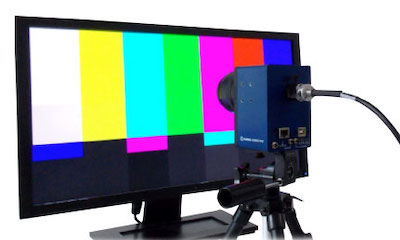
DISPLAY
- Spectroradiometer-based precision testing solutions for displays include measurements for color, chromaticity, gamma, white balance, contrast, flicker, and uniformity.
- LCD, LED, OLED, and Quantum Dot technologies are easily accommodated at our facilities.
- Night vision compatibility testing (NVIS)
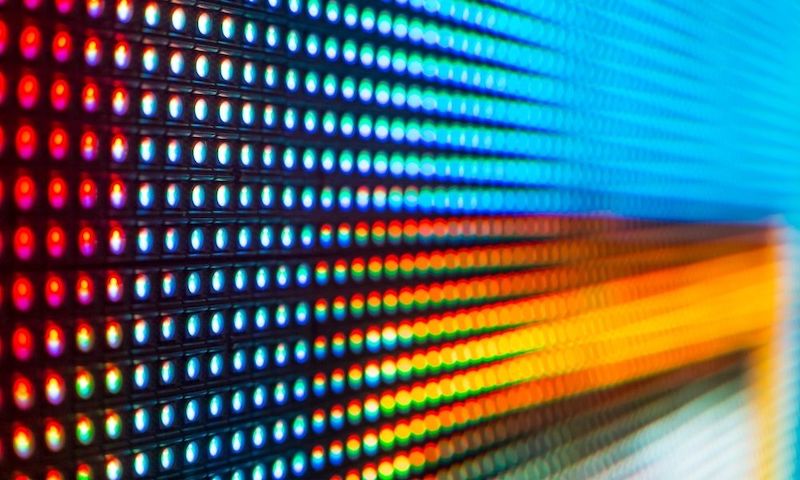
Light Source
- Over 30 years of experience calibrating standard lamps for laboratory transfers.
- Offering low-uncertainty calibration transfers directly from NIST primary standards, including 1000W FEL irradiance standards, low-level light radiance sources, and nearly every type of 3rd party light source standards.
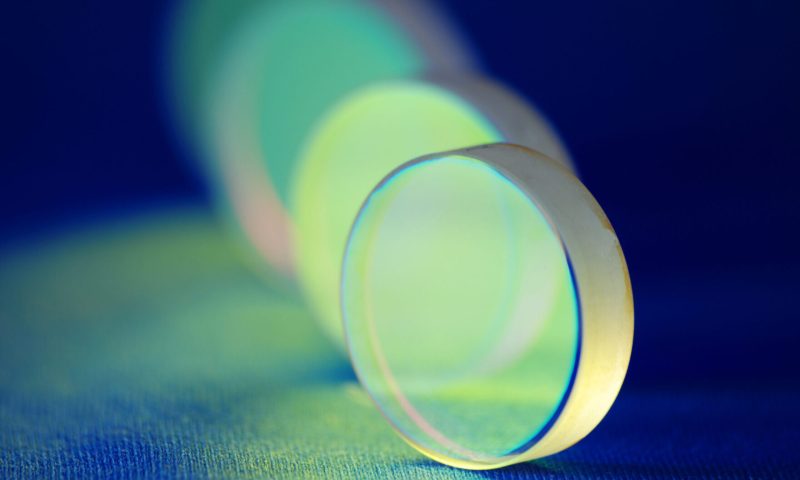
THIN FILM
- Our reflectance laboratory uses multiple-angle reflectometry and other spectroscopic methods to measure film properties.
- Applications include glass coatings, photovoltaic coatings, protective coatings, semiconductors, and more.
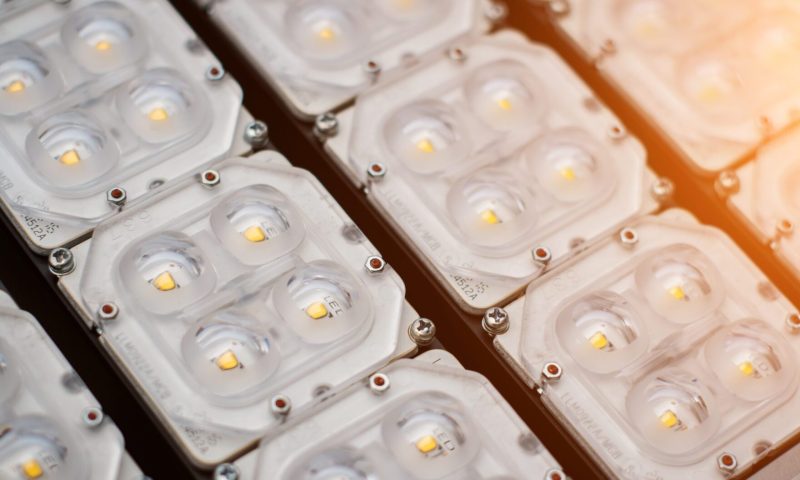
LIGHT METER
- We offer low-uncertainty calibrations directly from NIST standards
- From radiometers and photometers to UV meters, our wide range of capabilities allows for the calibration of nearly every type of 3rd party detector standard.
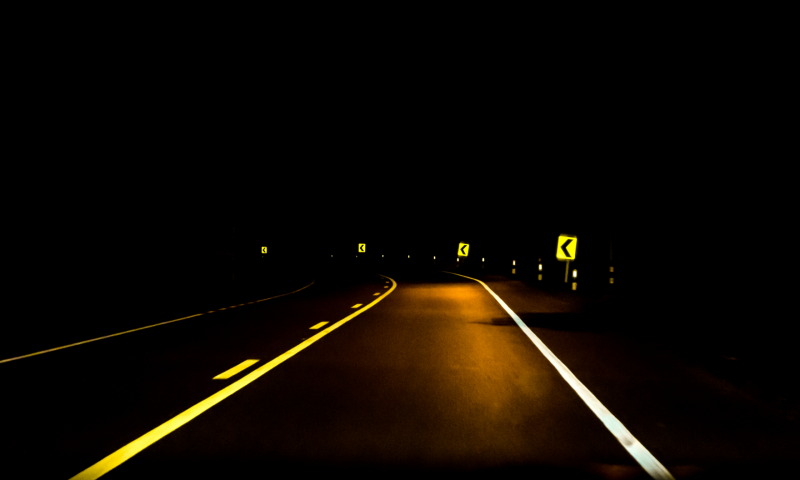
Retroreflection
- RoadVista® provides measurements of all types of material performed on our 15-meter photometric range in accordance with ASTM, CEN, ANSI, DIN, ISO, SAE, and many other specifications.
- Measure retroreflection, nighttime color chromaticity, spectral reflectance, effective intensity, luminous intensity, and many others
Schedule a calibration service today!

